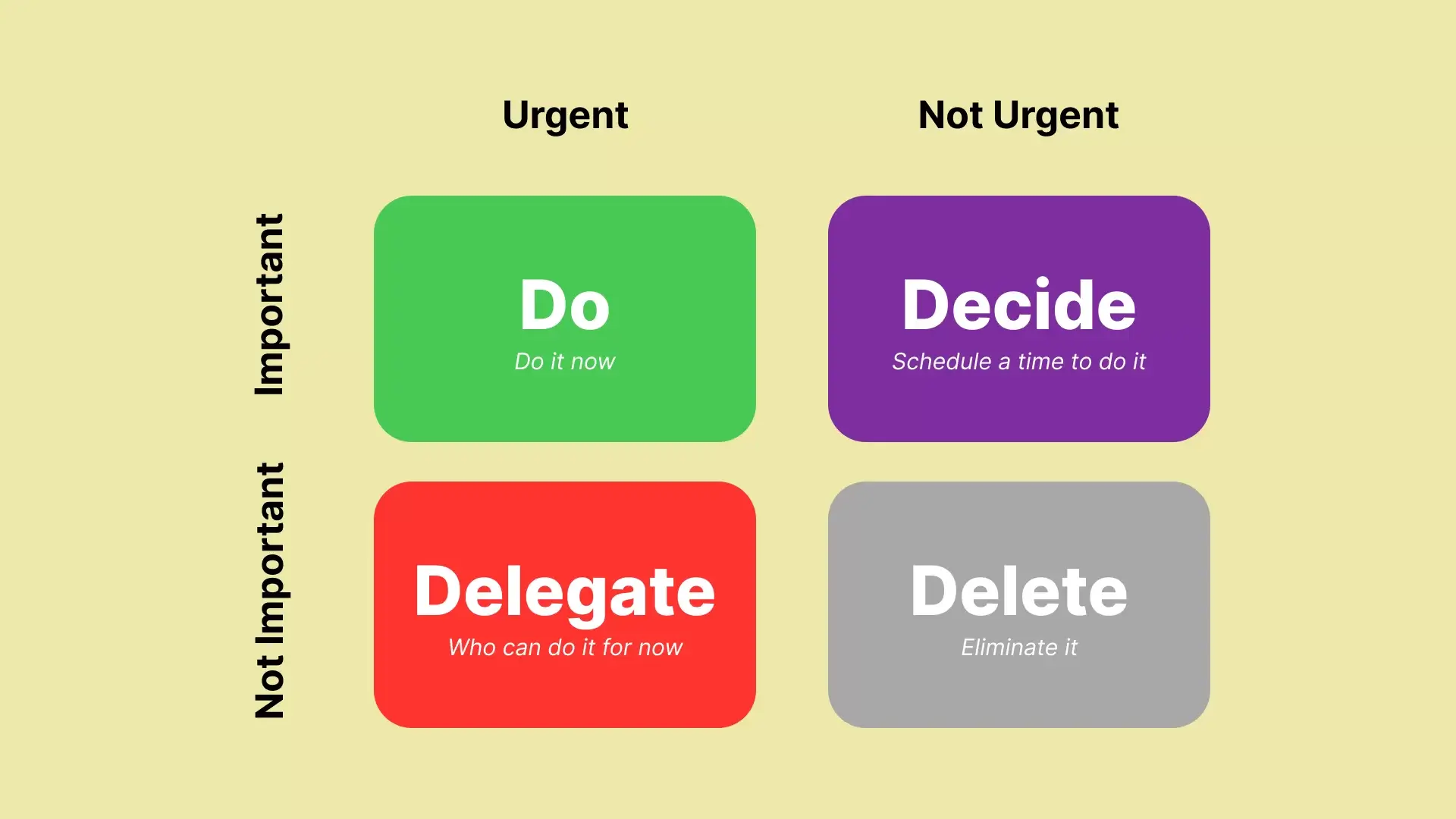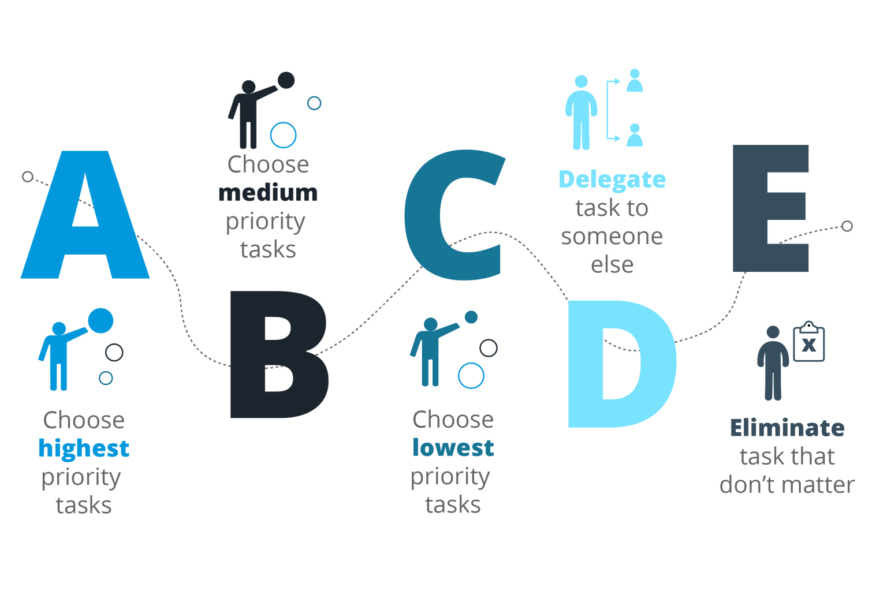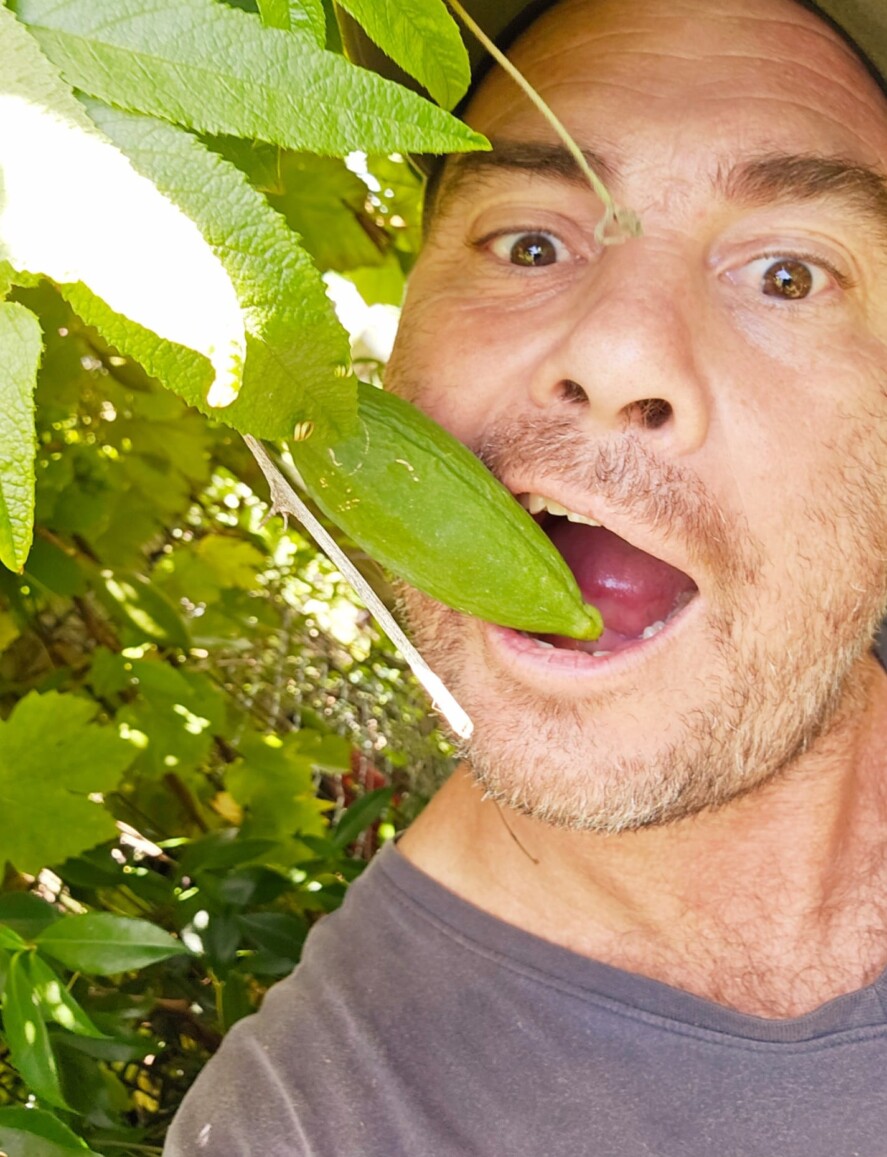-
Troppo Plant & Garden Articles
- Te Puke Region
- TROPPO’s Food Forest in Te Puke, BOP (www,foodforest.org.nz)
- Troppo’s Plant Collection
- TROPPO's Nursery Directory
- Food Forests of New Zealand (www.foodforests.nz)
- Nursery Map - Plant Suppliers of NZ Directory (www.nurserymap.nz)
- Kids Garden Corner
- New Zealand Garden Bird Survey
- New Zealand Garden Groups
- Delicious Recipes
Quick Guide on Prioritizing Tasks Using the Eisenhower Matrix and ABCDE Method for Food Forests, Gardening, and Syntropic Agroforestry

Prioritizing tasks effectively is crucial for maximizing productivity and efficiency in your food forests, gardening projects, and syntropic agroforestry systems. Here’s how you can use the Eisenhower Matrix and the ABCDE method to organize your tasks.
Eisenhower Matrix
The Eisenhower Matrix, also known as the Urgent-Important Matrix, helps you categorize tasks based on their urgency and importance. The matrix is divided into four quadrants:
- Urgent and Important (Do First)
- Tasks that require immediate attention and are crucial for your garden or food forest’s success.
- Example: Watering newly planted seedlings in a syntropic system, addressing a pest infestation in your food forest, or repairing a broken irrigation system.
- Important but Not Urgent (Schedule)
- Tasks that are important for long-term goals but don’t need immediate action.
- Example: Planning the next cycle of plant succession in your syntropic agroforestry, building additional compost bins, or establishing new layers in your food forest.
- Urgent but Not Important (Delegate)
- Tasks that need to be done soon but are not critical. These can often be delegated.
- Example: Buying supplies, routine weeding, or collecting mulch materials.
- Not Urgent and Not Important (Eliminate)
- Tasks that are neither urgent nor important and can be minimized or eliminated.
- Example: Unnecessary social media browsing, organizing tools that are already well-organized, or overly elaborate garden decoration plans.
Using the Eisenhower Matrix:
- Create a list of all tasks you need to accomplish.
- Categorize each task into one of the four quadrants.
- Focus on completing tasks in the “Urgent and Important” quadrant first.
- Schedule tasks in the “Important but Not Urgent” quadrant.
- Delegate tasks in the “Urgent but Not Important” quadrant.
- Eliminate or minimize tasks in the “Not Urgent and Not Important” quadrant.
 ABCDE Method
ABCDE Method
The ABCDE method, developed by Brian Tracy, is a simple way to prioritize tasks based on their importance and impact. Here’s how it works:
- A – Must Do
- Tasks that are very important and have serious consequences if not completed.
- Example: Ensuring that water supply systems are functional, addressing disease outbreaks in your food forest, or applying essential soil amendments.
- B – Should Do
- Tasks that are important but not as critical as “A” tasks. They have milder consequences if not completed.
- Example: Regular pruning in your syntropic system, creating planting schedules, or setting up shade structures for young plants.
- C – Nice to Do
- Tasks that would be nice to complete but have no real consequences if left undone.
- Example: Organizing gardening tools, researching new plant species, or planning aesthetic enhancements.
- D – Delegate
- Tasks that can and should be delegated to others.
- Example: Routine watering, basic weeding, or collecting organic matter for composting.
- E – Eliminate
- Tasks that are not necessary and can be eliminated.
- Example: Excessive planning for non-essential garden features, over-organizing already organized areas, or redundant meetings.
Using the ABCDE Method:
- List all tasks you need to complete.
- Assign a letter (A, B, C, D, or E) to each task based on its importance and impact.
- Focus on completing “A” tasks first before moving on to “B” tasks.
- Delegate “D” tasks to others.
- Eliminate “E” tasks from your list to save time.
Example Application for Food Forests, Gardening, and Syntropic Agroforestry
- Eisenhower Matrix Example:
- Urgent and Important: Fixing a broken irrigation system before a dry spell to ensure all layers of the syntropic system receive adequate water.
- Important but Not Urgent: Planning the next planting phase in the syntropic system to ensure biodiversity and productivity.
- Urgent but Not Important: Buying new garden tools (delegate to a team member).
- Not Urgent and Not Important: Browsing through garden decoration ideas that are not essential for productivity.
- ABCDE Method Example:
- A: Applying pest control to prevent crop damage in the food forest.
- B: Regularly pruning and maintaining the diverse layers in your syntropic agroforestry system.
- C: Organizing the tool shed.
- D: Routine watering (delegate to a volunteer or family member).
- E: Excessive planning for garden decorations that do not contribute to productivity.
By implementing these prioritization methods, you can manage your food forest, garden, and syntropic agroforestry tasks more effectively. This ensures that important and urgent tasks are addressed promptly while also making time for long-term planning and less critical activities, leading to a more productive and sustainable gardening experience.














